Guest Blog: Future Learning Spaces
Today we feature our first guest blog, this one is from our official PrintLab partner in Australia: Imaginables.
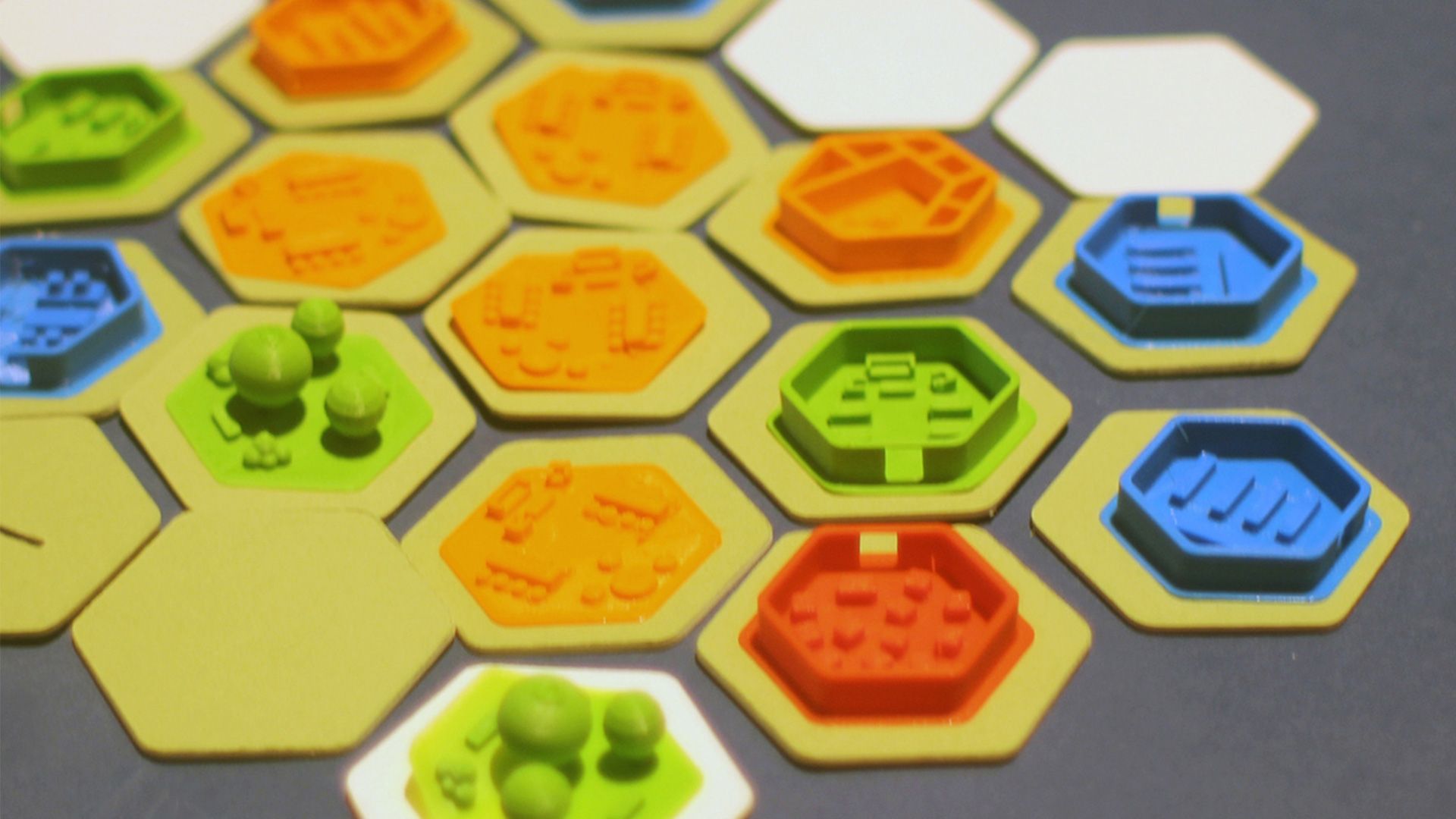
14th September 2016 • Case Studies
written by Imaginables
Last month we were invited by organisers at Education Changemakers 2016 to set up a little makerspace for a Teacher and School Leader’s event at the NAB village National Bank of Australia HQ in Docklands Melbourne.
We were asked to see if we could develop something involving 3D Printing that would engage the Teachers attending the event. We started exploring an idea of making use of one of our Curriculum kits called the Kideville. We thought that the kit, which is actually designed to help to inspire and guide teachers and their student to reimagine cities they would like to live in, could be easily be scaled down to represent different typologies of educational spaces.
It also helped that our Creative Director, Kae Woei Lim, use to be an Architect working on educational projects in one of the largest Architectural Studios in Australia, Woods Bagot. We wanted the Educators to identify various educational typologies using 3d Printed tokens, printed on our Ultimaker which would be color coded.
We split the various typologies into four main areas
- Formal Learning Spaces
- Informal Learning Spaces
- Support Spaces
- Workshop Spaces
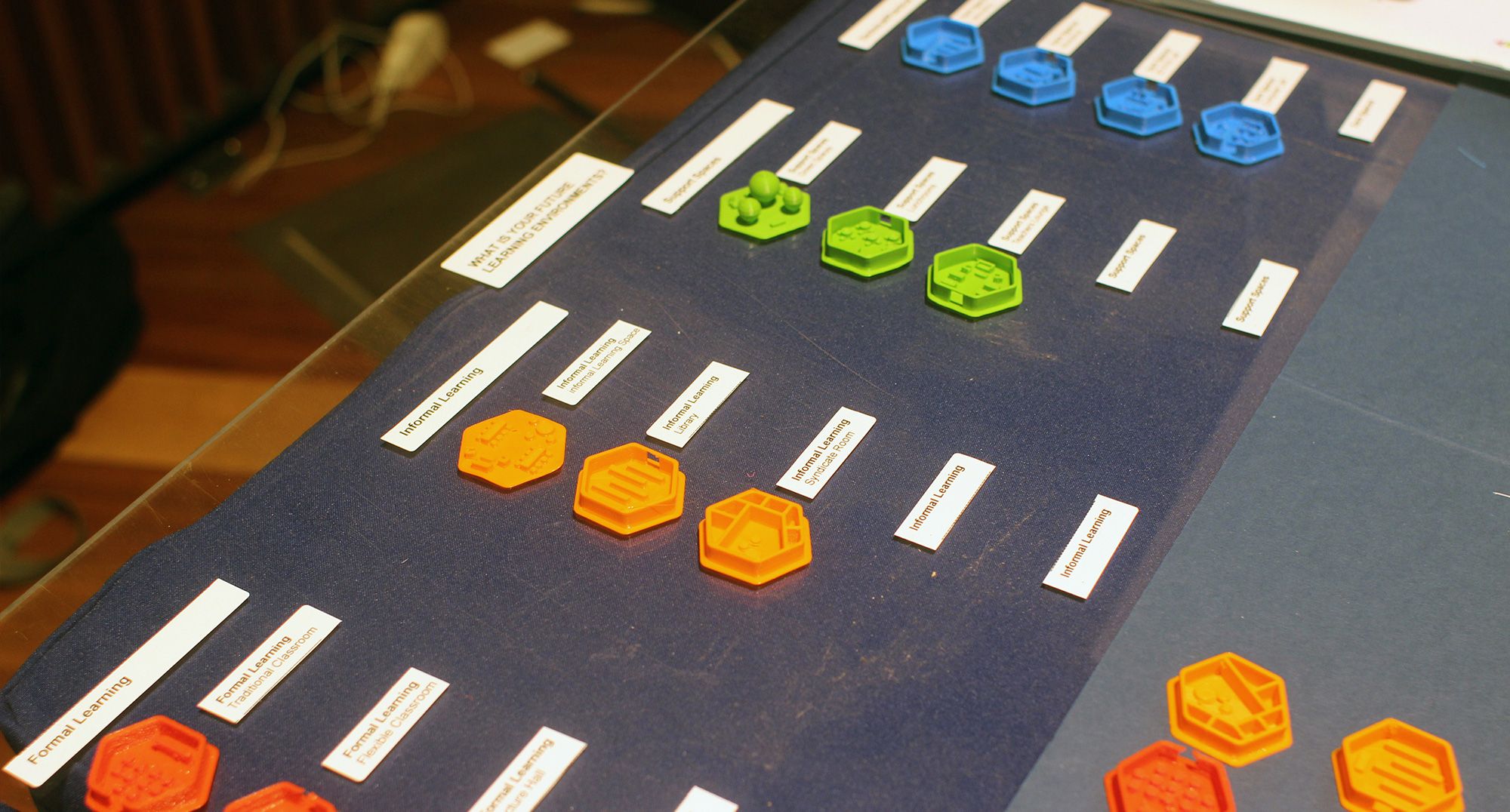
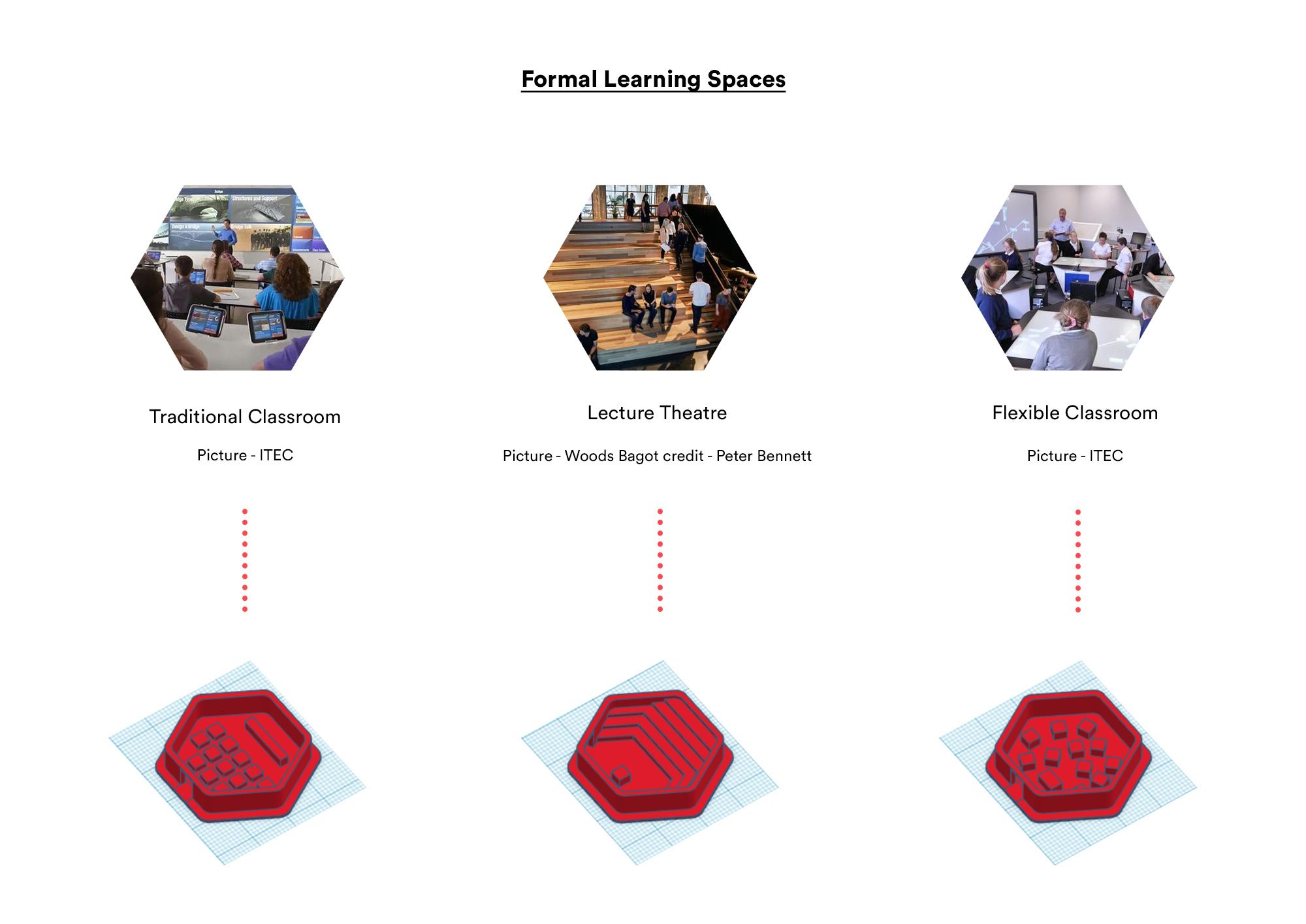
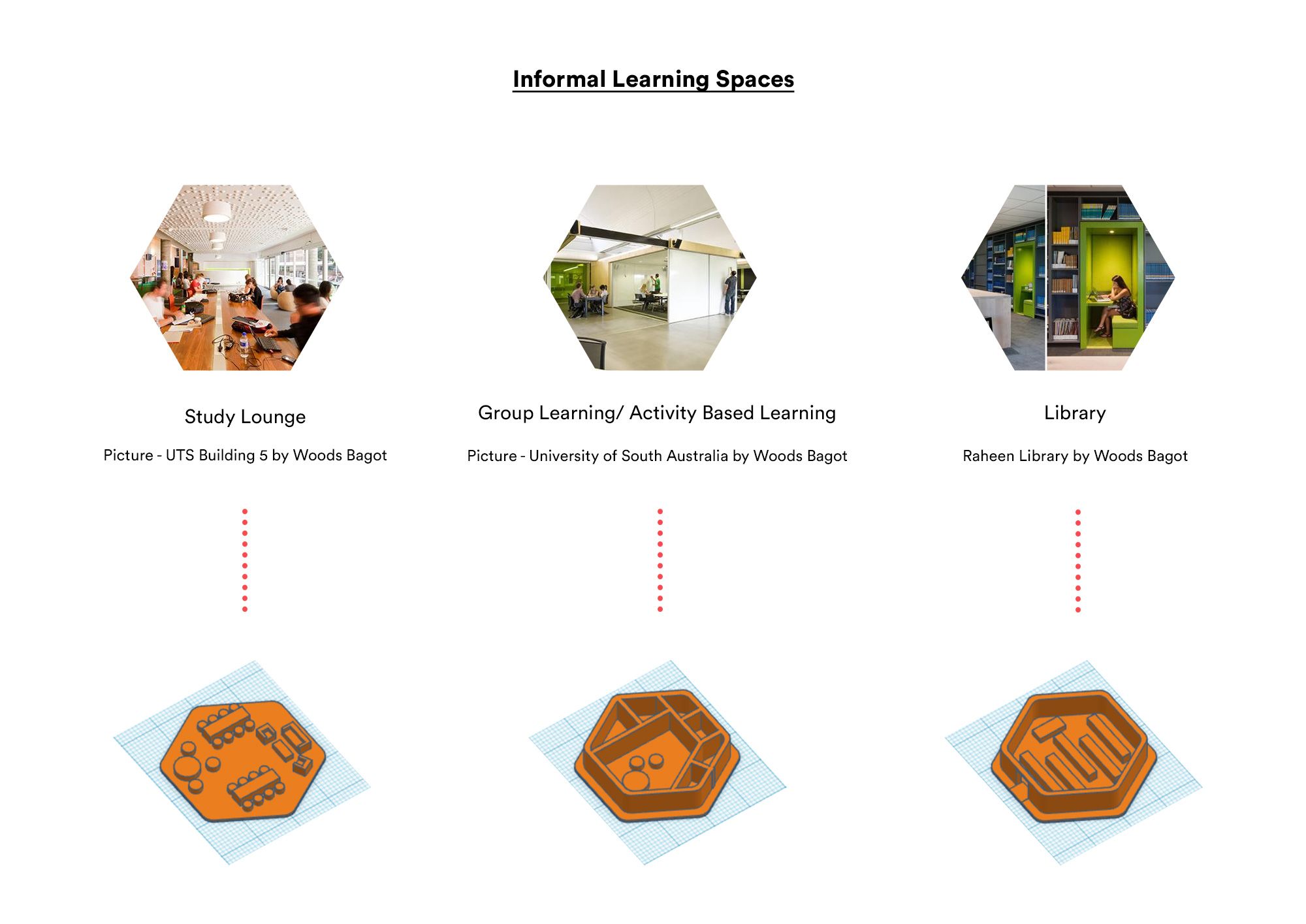
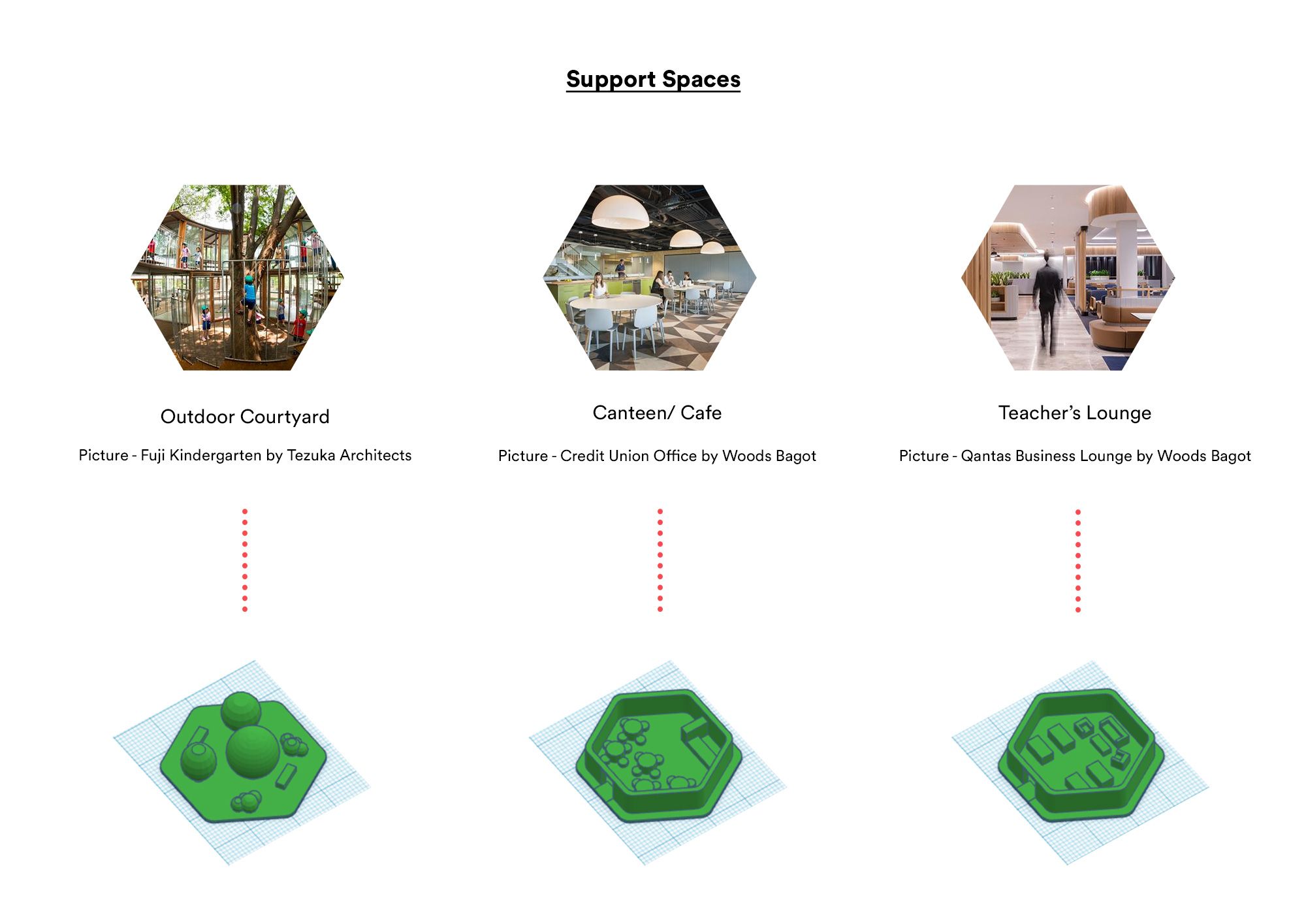
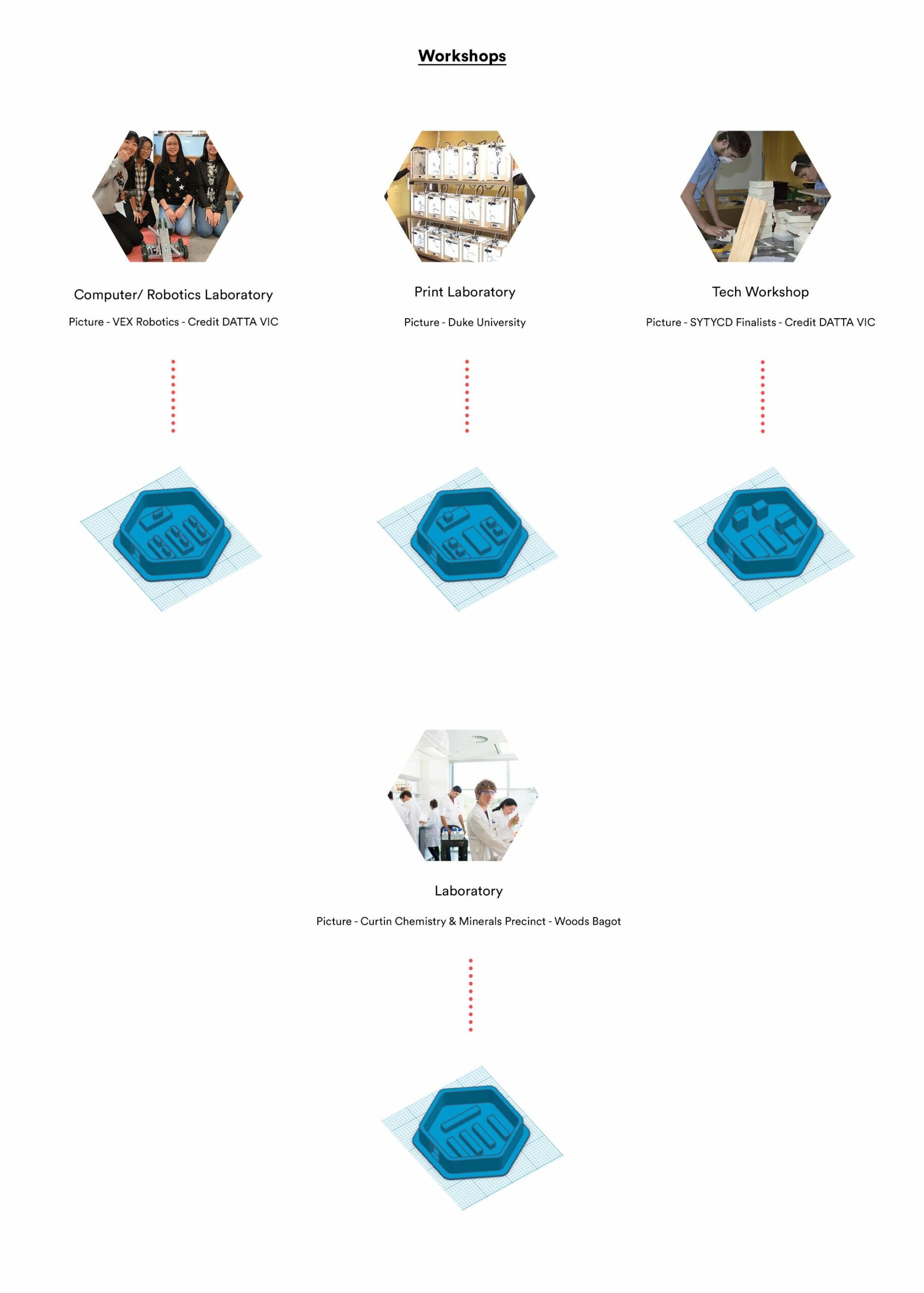
The aim of this exercise was for the educators to pick and arrange which combination of typologies they think would represent their ideal education space of the future. With Shifting pedagogies, this proved to be an interesting point of discussion amongst the educators.
Learning spaces are evolving with educational infrastructure design becoming more student centrered learning rather than teacher-centred instruction.
This brought up some interesting questions, for example is there still room for a traditional classroom in the future? is the Lecture Theatre going to become extinct with more schools and universities switching to online delivery of lectures? Are we going to see a total shift to activity based learning and self learning with more emphasis on quality informal learning spaces? How is the Library going change with technology shifting most print media onto online cloud storage?
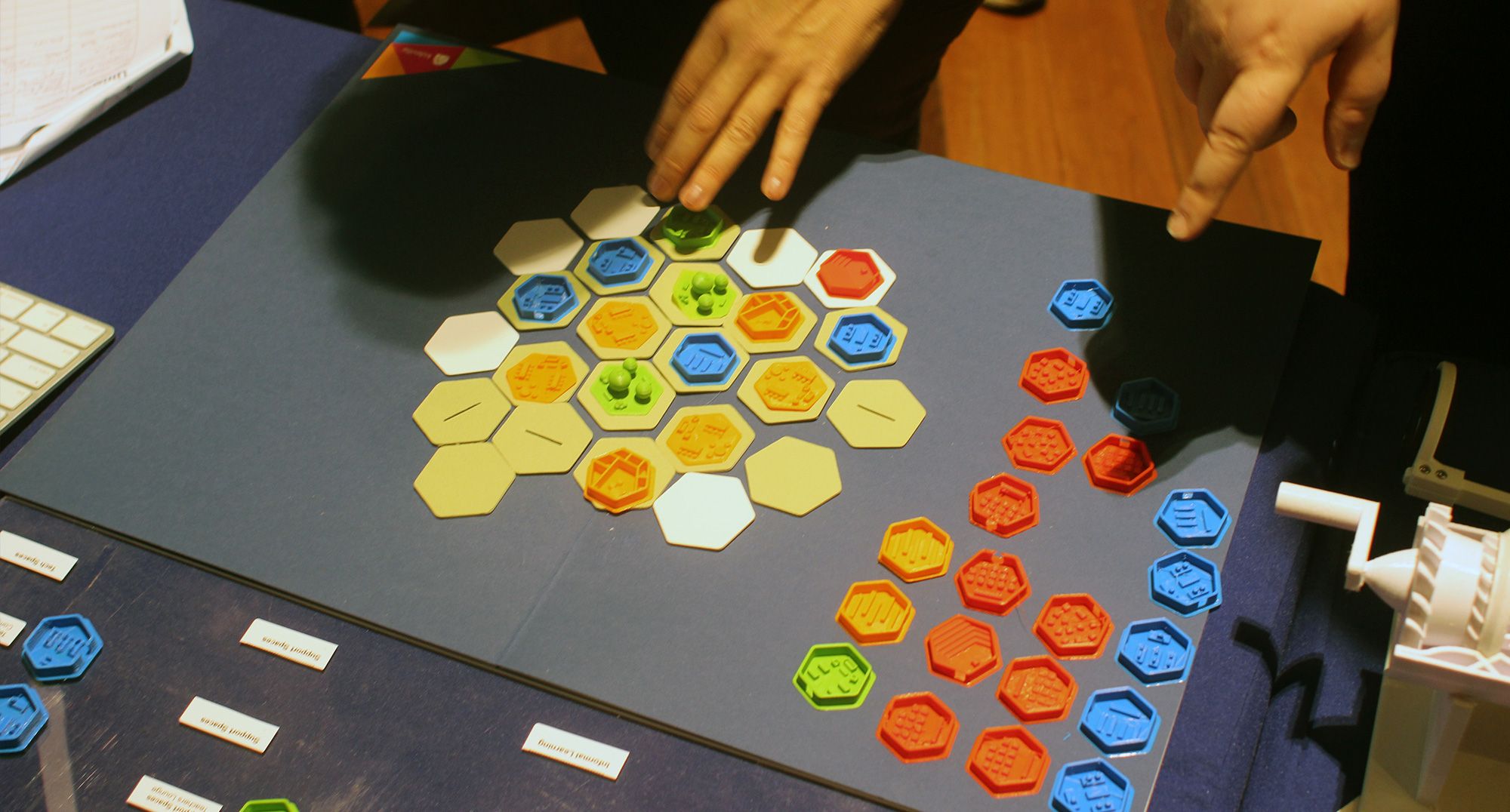
The future is abit uncertain, but what was certain was everyone had their own views of what the future of learning would look like. One teacher who was pro-library started to arrange what her perfect library would look like, with informal learning spaces all planned around several courtyards as breakout spaces. She also had a combination of workshop spaces dotted across her campus, which hinted that she believe the Library of tomorrow would feature more Maker-like spaces to promote STEM education.
During the course of the program we also invited educators to create their own 3d Printed education space which hasn’t been already printed. Using a free web based modelling tool called Tinkercad. Not only were educators introduced to how easy it was to 3D model an object, but they found that with the right tool it can unleash unlimited creativity.
Imaginables have also made available the 3D files for this project. This can be downloaded here.
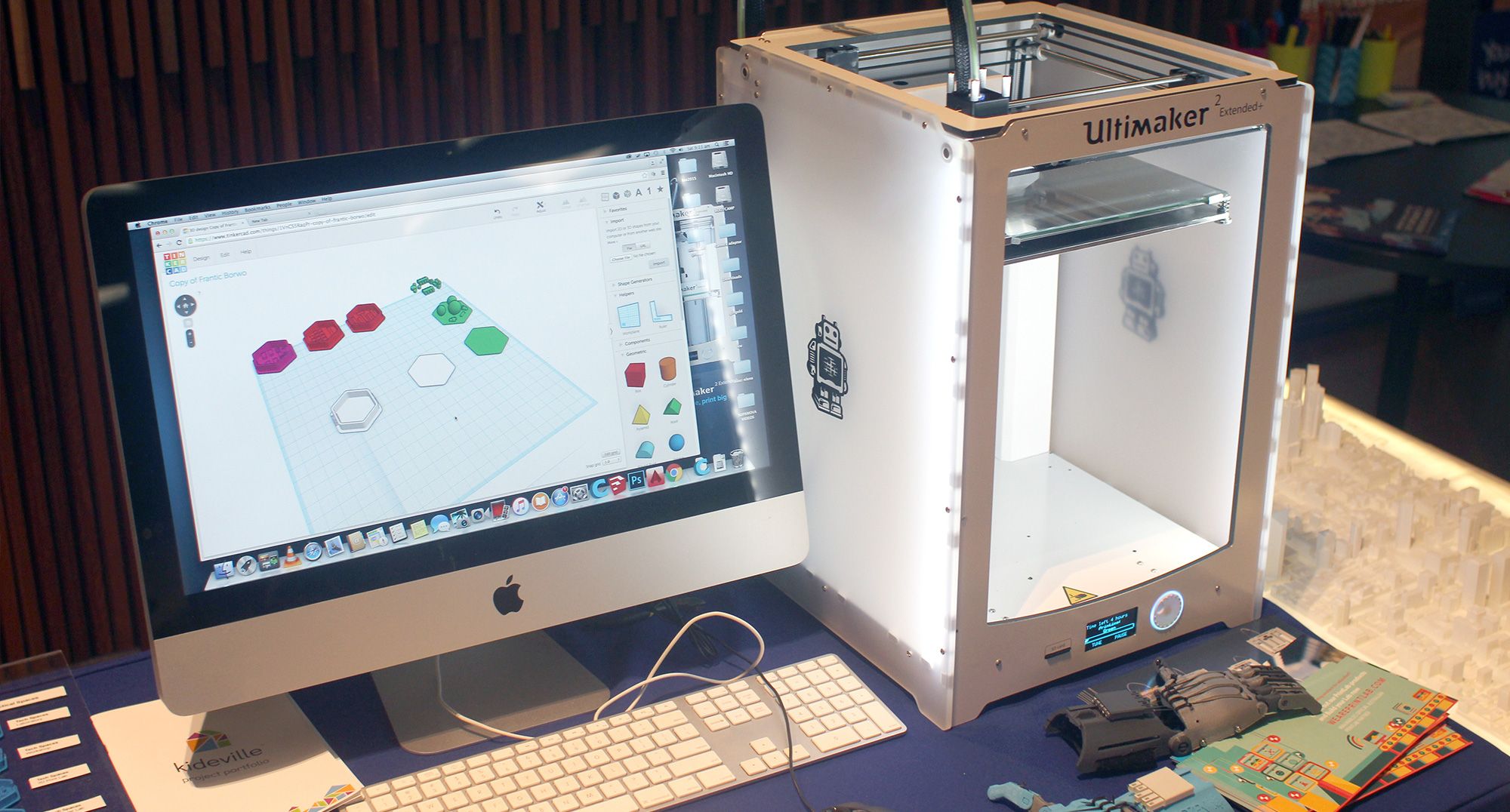
A big thanks to Imaginables for their guest blog. With partners in every corner of the globe, there will be lots of exciting new stories to come.